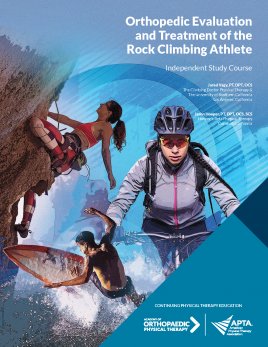
Orthopaedic Evaluation and Treatment of the Rock Climbing Athlete
| Online Only | |
|---|---|
| APTA Orthopedics Member | $55 |
| Non-APTA Orthopedics Member | $205 |
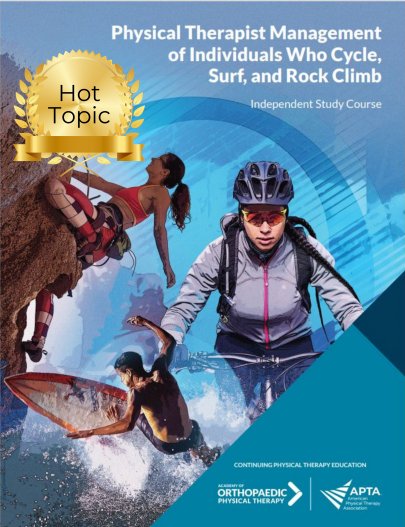

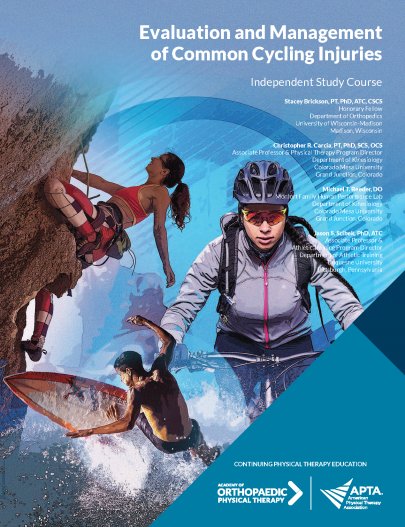
Course Description
Rock climbing is one of the fastest-growing sports worldwide. The improved accessibility through indoor climbing gyms, popularity with Academy Award-winning climbing documentaries, and inclusion in the Olympic games have catapulted the sport into the spotlight. What started as a niche sport has now become mainstream. The influx of new climbers to the sport has led to an increase in injury rates. This monograph will report the epidemiology of climbing-related injuries, including the prevalence, nature, and associated factors. It will describe the various forms of climbing and the grips and techniques climbers use. It will highlight pathoanatomical diagnoses related to rock climbing and how the unique mechanics of the sport can lead to specific injuries. Because most injuries occur in the hands and fingers of rock climbers, there will be a section explicitly outlining the sport-specific evaluation techniques for the distal upper extremity of climbers. The monograph will then present climbing-specific interventions for each pathoanatomical diagnosis listed.
Course Overview
Course Format: Online
Contact Hours: 5 contact hours
State Approval: AOPT courses are accepted in all states plus the District of Columbia, as allowed by the type of course requirements in state regulations. A small number of states require APTA to seek pre-approval of courses. The approval codes for these states can be found here. Always check with your State Licensing Board to confirm contact hours offered.
View Full State Approval InformationCourse Objectives
Upon completion of this monograph, the course participant will be able to:
- Understand the prevalence, nature, and associated factors related to rock climbing injuries.
- Describe the settings, styles, grips, and techniques used in rock climbing.
- Identify the most common pathoanatomical diagnoses encountered in rock climbing.
- Implement physical therapy assessment techniques specifically relevant to the rock climbing population.
- Develop an evidence-informed plan of care for common rock climbing injuries.
- Integrate the knowledge learned into climbing specific patient cases.
Topics and Authors
Orthopedic Evaluation and Treatment of the Rock Climbing Athlete
Jared Vagy, PT DPT, OCS; Jason Hooper, PT, DPT, OCS, SCS
Customers Frequently Viewed
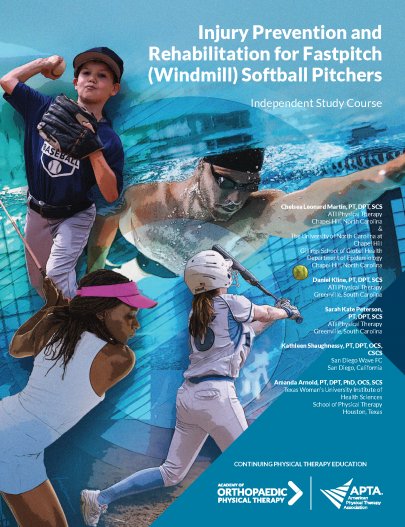

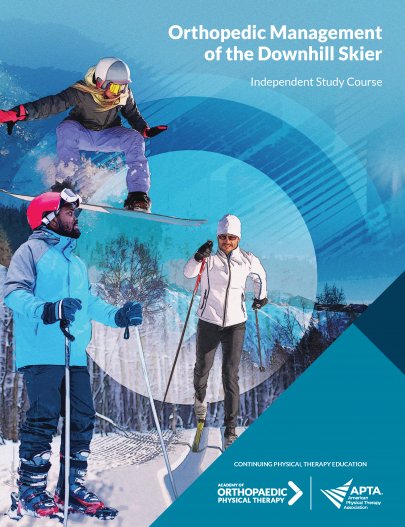
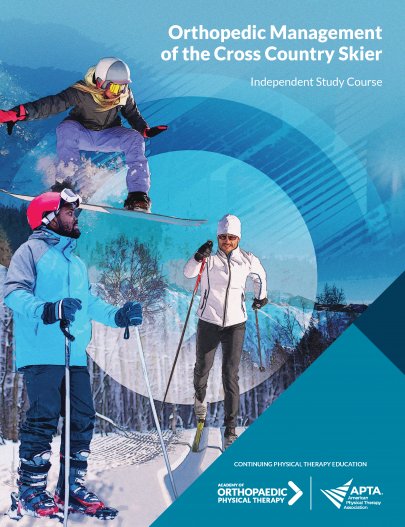
Add To Cart
Which version of the course would you like to purchase?
Members Only
You need to be a member to buy this course.
Join today to enjoy exclusive deals and prices on all courses.
Join Now